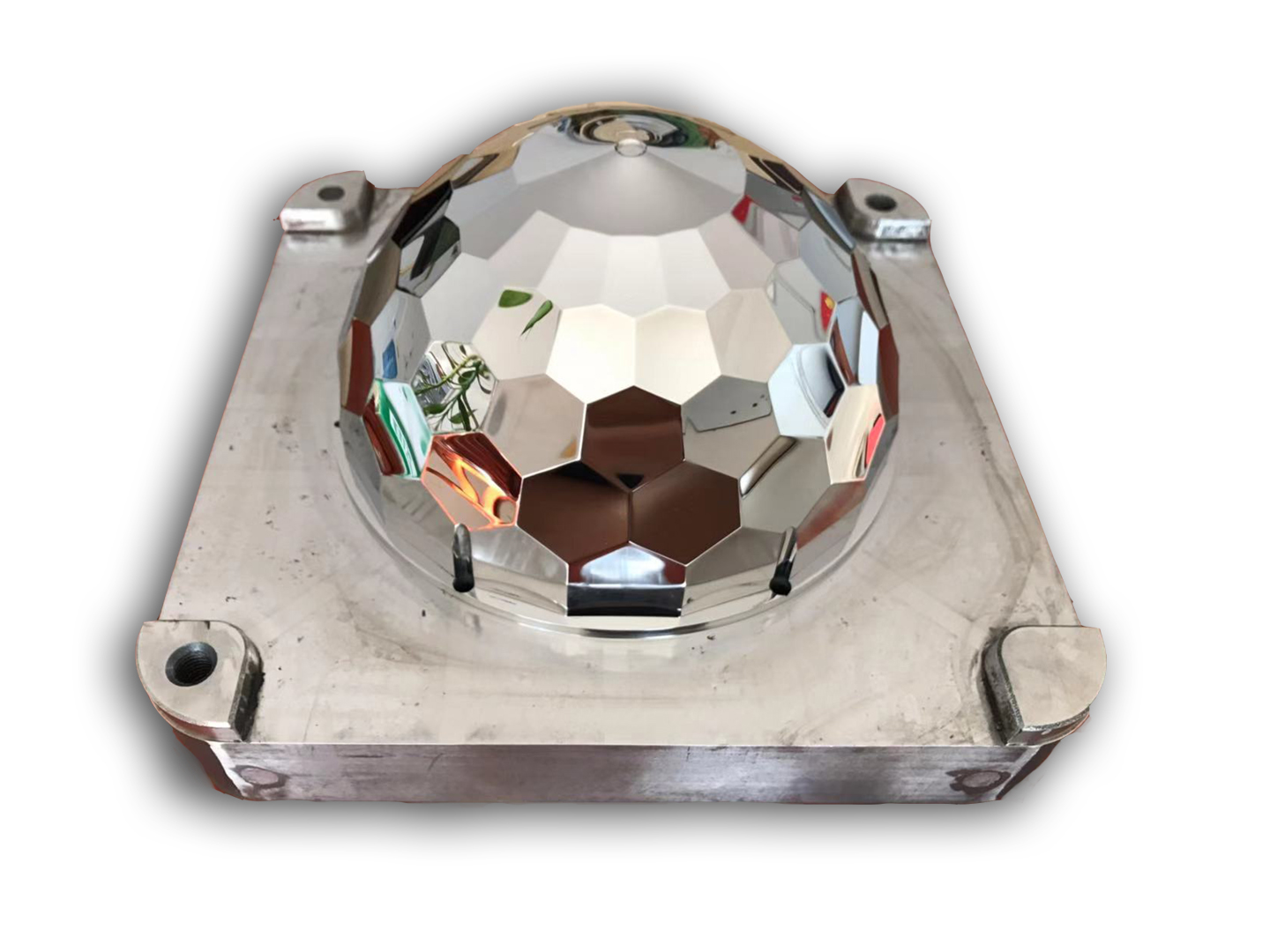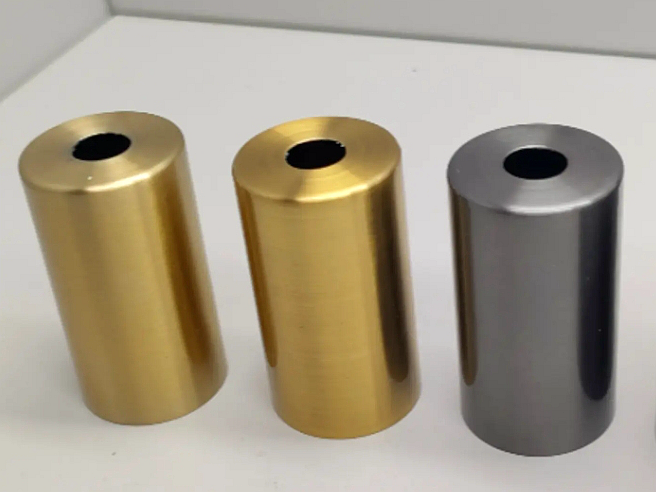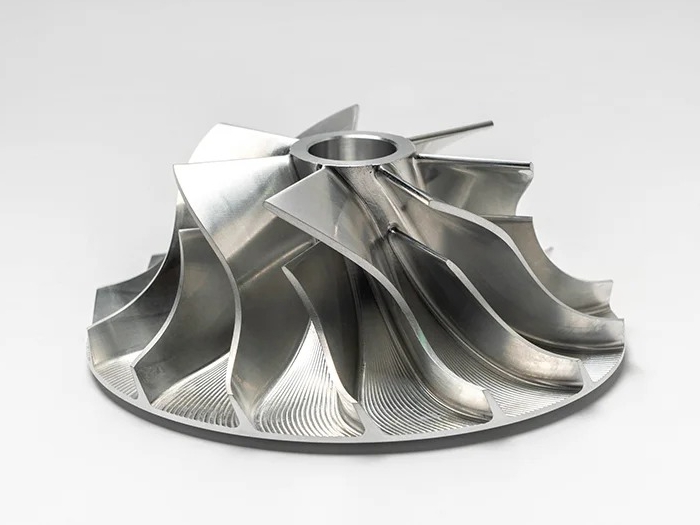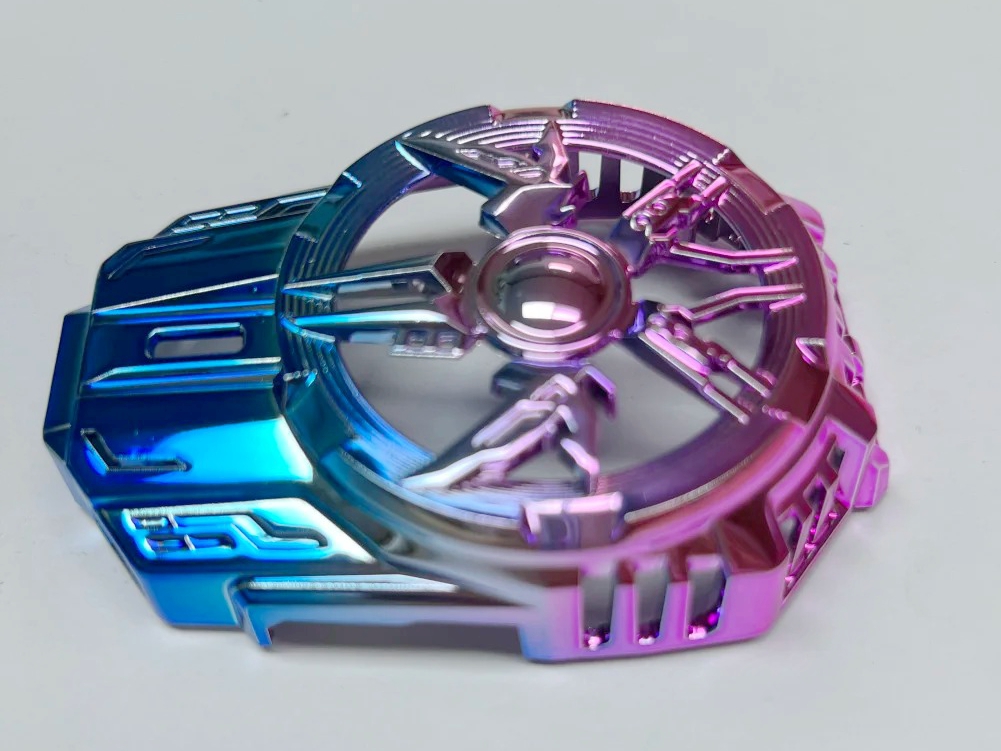EDM Post Process for 3D Printed Parts
EDM (Electrical Discharge Machining) post-processing for 3D printed parts uses electrical sparks to precisely remove material, enhancing intricate features and achieving tight tolerances. It improves part accuracy, surface finish, and detail, making it ideal for complex, high-performance applications.
- Improved Precision: Achieves tight tolerances and accuracy.
- Enhanced Surface Finish: Smoothens intricate features and details.
- Complex Geometry: Works on hard-to-reach areas.
- Minimal Material Stress: Preserves part integrity during processing.
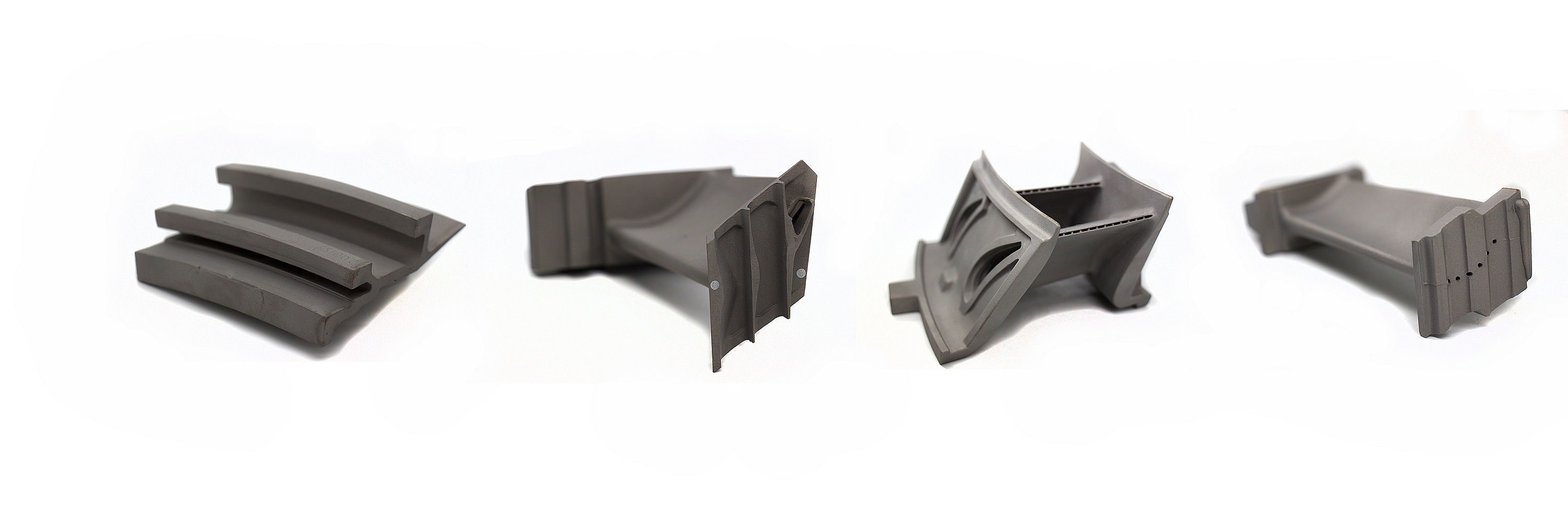
Send us your designs and specifications for a free quotation
All uploaded files are secure and confidential
What Is EDM Post Process
EDM (Electrical Discharge Machining) post-process is a manufacturing technique that uses controlled electrical sparks to erode material, refining 3D printed parts. It enhances precision, surface finish, and the ability to machine hard or complex geometries, ensuring high-quality final products.
Let's Start A New Project Today
